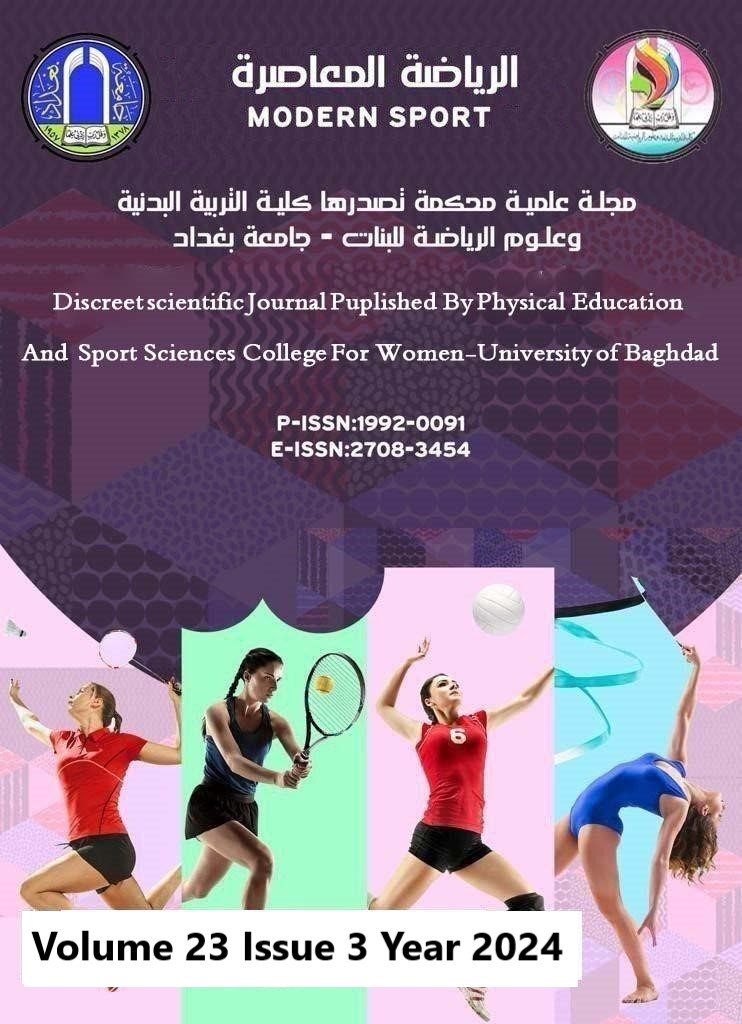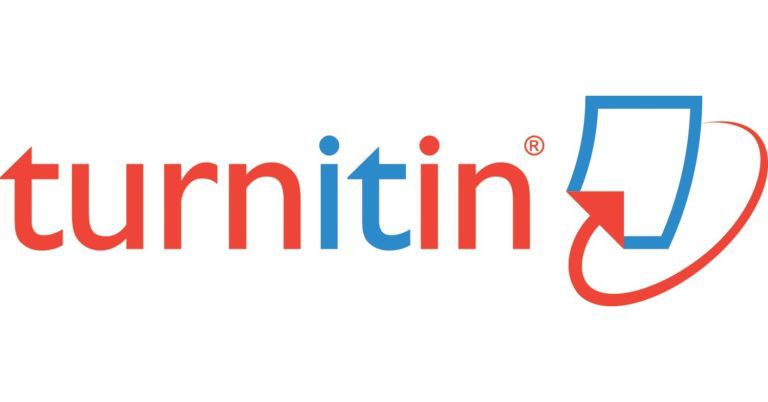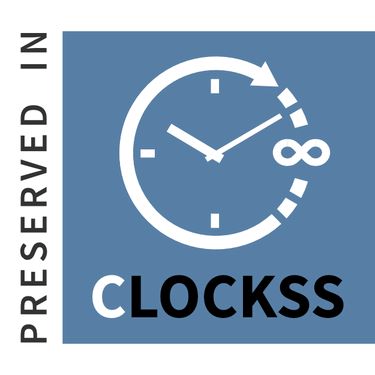The effect of the SWOM Model of Thinking Skills on Learning some grabs with Freestyle Wrestling for Students
DOI:
https://doi.org/10.54702/k03dfg78Keywords:
free wrestling, grabs, SWOM model, thinking skillAbstract
The importance of research in raising the level of thinking, education, and correct scientific application of holds in freestyle wrestling becomes clear after applying the (SWOM) model, which highlighted its level of education for various scientific and sports sciences and helped the learner to correctly apply and perform successfully for the purpose of learning. Thus, we may contribute to producing the wrestling subject lesson in an appropriate and correct manner. The problem of the research lies in: Each educational model has its own educational goals and the type of specialization on which it depends. The SWOM model has been tried in various scientific sciences and even sports, and it has succeeded in raising the level of thinking, addressing problems, and increasing predictions of the level of performance in the future, and this in itself is considered a successful model of performance. The most important objectives of the research were to identify the effect of the SWOM model for thinking skills on learning some freestyle wrestling holds for students. The researcher used the experimental method. The research population was determined for the third stage students in the College of Physical Education and Sports Sciences at the University of Basra, who numbered (140) students representing (6) academic divisions. The sample was chosen intentionally and amounted to (40) students representing two divisions, which constituted a proportion (28.5%) of the total population, and the sample was divided into two groups (control and experimental) so that each group became (20) students. Accordingly, it was concluded that the (SWOM) model for thinking skills is of great importance in learning some freestyle wrestling grips for students. The researcher recommends by adopting the SWOM model for thinking skills in learning some freestyle wrestling holds for students because of its great role and importance in teaching methods. and this achieves one of the sustainable development goals of the United Nations in Iraq which is (Quality Education)
References
-Zaid Al-Huwaidi. 2005. Methods of teaching science at the basic stage, 49.
-Saad Mohsen Ismail. The effect of training methods to develop the explosive power of the legs and arms on the accuracy of long-range shooting by jumping high in handball: 1996, doctoral dissertation, 98.
-Zahir Hashim Ismail: The interdisciplinary training method and its impact on education and development through spatial organizational options for the tennis teaching environment, 2002, doctoral dissertation, 102.
-Afaf Abdel Karim: 1996, Teaching for Education in Sports and Physical Education, 91.
-Abdul Rahman Al-Hashemi, Taha Ali Al-Dulaimi: 2008, Modern Strategies in the Art of Teaching, 141.
-Najah Mahdi Shalash and Akram Muhammad Sobhi. 2000, Motor Learning, 56.
-Nabil Salah Al-Moselhi. (2022). The effectiveness of the SWOM model in developing visual thinking skills and the joy of learning mathematics among sixth-grade primary school students. Journal of the College of Education in Al-Arish, 10(32), 280–333. https://doi.org/10.21608/foej.2022.160253.1143
-Zainab Hamza Raji .The Effect Of scaffolding strategy and (SWOM) strategy on achievement of teaching methods and Higher Order Thinking among students of the College of Education. (2018). ALUSTATH JOURNAL FOR HUMAN AND SOCIAL SCIENCES, 218(2), 151-178. https://doi.org/10.36473/ujhss.v218i2.542
-Swartz, R. J., & Perkins, D. N. (2016). Teaching Thinking. Routledge. https://doi.org/10.4324/9781315626468
Downloads
Published
Issue
Section
License
Copyright (c) 2024 Modern Sport

This work is licensed under a Creative Commons Attribution 4.0 International License.















